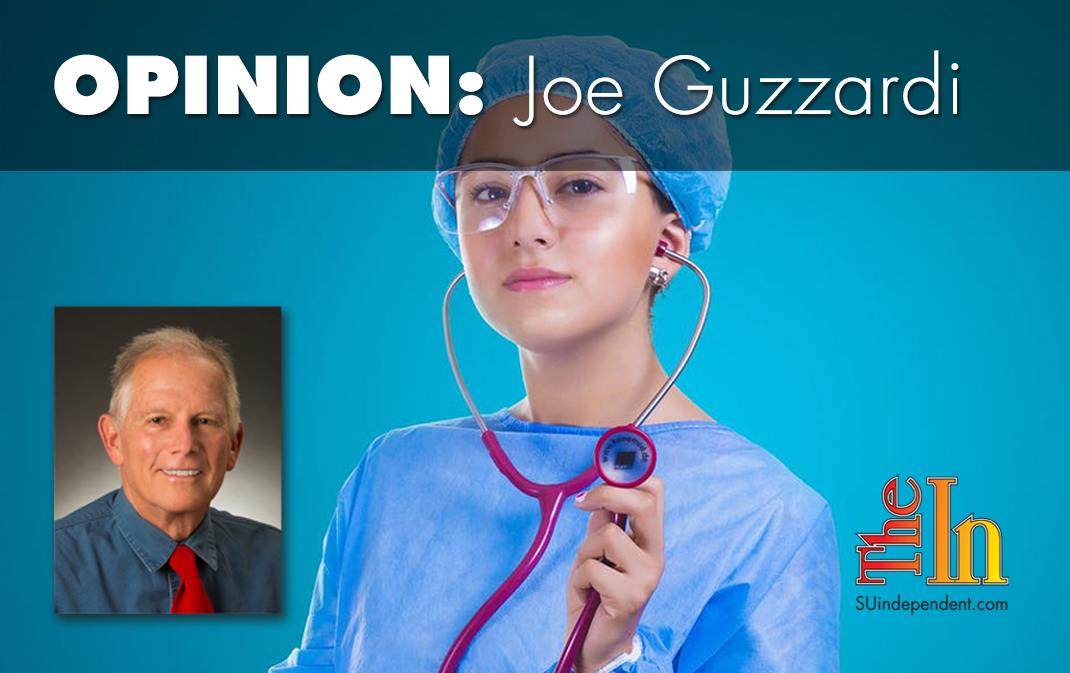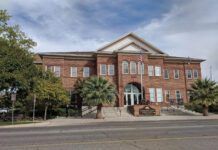
An influx of foreign doctors, but qualified Americans shut out
By Joe Guzzardi
Last month, the American Medical Association issued a press release that urged U.S. Citizenship and Immigration Services to process more H-1B visas, thereby allowing more nonresident physicians to come to the United States to practice medicine. The AMA claimed that a shortage of nonresident physicians who help fill care gaps in medically underserved regions diminishes overall patient care.
In a letter to USCIS Director Francis Cissna, AMA CEO James L. Madara said that the fixed per country caps that govern H-1B visa issuance keep the agency from processing enough petitions. The AMA, citing data from the Association of American Medical Colleges, concluded that the nation had a physician shortfall of nearly 20,000 in 2016. And since all pleas for more special interest, employment-based visas routinely include doomsday forecasts for future decades, the AMA predicted that by 2030 the shortage will increase to between 42,600 and 121,300.
But ample evidence exists that the AMA doesn’t need to lobby for foreign-born doctors. Thousands of American medical school graduates are eager for the opportunity to practice their life-saving profession.
In 2018, nearly 1,100 U.S. medical school seniors and more than 800 previous U.S. graduates did not match to a residency at a teaching hospital. Without fulfilling a residency, the doctors can’t practice medicine.
The National Resident Matching Program data reveals that from 2011 to 2018, 8,218 U.S. seniors did not matriculate into residency training. During that same period, 27,866 foreign-trained physicians, non-U.S. international medical graduates on H-1B and J-1 visas were selected for residencies. Although an impressive 94 percent of U.S. citizen medical graduates do match, the six percent that don’t translates to hundreds of individuals who have many years and hundreds of thousands of dollars invested in their extended medical education but can’t find a job.
For those that don’t match immediately post-graduation, they can reapply for a residency slot. But the longer they’re out of medical school without a residency, the lower their chances of success are.
Taxpayers subsidize non-U.S. medical school graduates. Federal Medicare funding underwrites residency training positions for about 3,700 non-U.S. international medical graduates annually. Reducing the number of international medical graduates who receive residencies would help U.S.-trained physicians get a fair shot at a job. The goal, then, isn’t to eliminate foreign doctors altogether but rather to put U.S.-educated physicians at the head of the line for coveted residencies.
Cissna’s office is besieged with requests for more employment-based visas for agriculture, leisure, and technology. In the international medical graduates’ case, however, they can enter on either an H-1B or J-1 visa. But on a J-1, they must return home or receive a waiver when their residency ends. The H-1B doesn’t require a waiver to remain, and the visa holder can immediately request lawful permanent status upon his residency’s completion, making it a more attractive option.
Luckily for deserving U.S. doctors, the AMA’s request will likely fall on deaf ears. While addressing a National Press Club audience last month, Cissna said that his hope is that Congress will soon pass legislation that prohibits visa holders from displacing American workers.
Until Congress passes such legislation, the AMA should concern itself with qualified, deserving American doctors denied residencies that are given instead to foreign-born physicians.
The viewpoints expressed above are those of the author and do not necessarily reflect those of The Independent.
How to submit an article, guest opinion piece, or letter to the editor to The Independent
Do you have something to say? Want your voice to be heard by thousands of readers? Send The Independent your letter to the editor or guest opinion piece. All submissions will be considered for publication by our editorial staff. If your letter or editorial is accepted, it will run on suindependent.com, and we’ll promote it through all of our social media channels. We may even decide to include it in our monthly print edition. Just follow our simple submission guidelines and make your voice heard:
—Submissions should be between 300 and 1,500 words.
—Submissions must be sent to editor@infowest.com as a .doc, .docx, .txt, or .rtf file.
—The subject line of the email containing your submission should read “Letter to the editor.”
—Attach your name to both the email and the document file (we don’t run anonymous letters).
—If you have a photo or image you’d like us to use and it’s in .jpg format, at least 1200 X 754 pixels large, and your intellectual property (you own the copyright), feel free to attach it as well, though we reserve the right to choose a different image.
—If you are on Twitter and would like a shout-out when your piece or letter is published, include that in your correspondence and we’ll give you a mention at the time of publication.
Articles related to “An influx of foreign doctors, but qualified Americans shut out”
How to preserve the miracle of life for more American families




“Cissna said that his hope is that Congress will soon pass legislation that prohibits visa holders from displacing American workers“
Yeah, right. And Kavanaugh won’t touch Rowe v Wade.
This won’t happen. Corporate America, politicians, the DOL and DHS, who get paid with each accepted visa… nothing will stop this train. They have always gamed the system, and they always will.
Now doctors have a taste of what the thousands and thousands of unemployed or underemployed American engineers are going through.